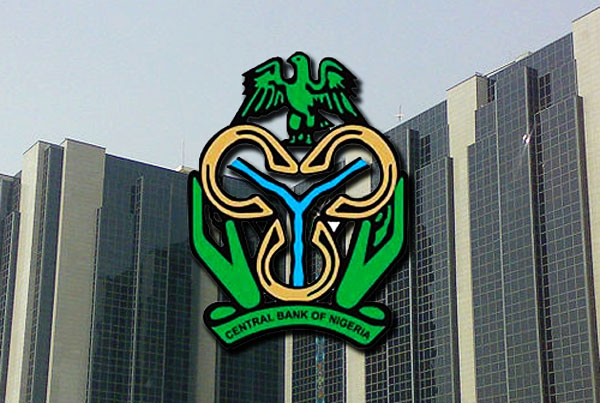A market-driven exchange rate regime is in the works, going by the Federal Government’s economic plan released yesterday.
There has been pressure that the naira should be allowed to float as its worth is being dictated by market forces.
This, argue some experts, will attract investors. But the government insists that no country surrenders totally its currency to market forces, adding that it will intervene when necessary. It may have changed its mind.
According to the Nation, the government will also review and possibly remove the ban on foreign exchange for 41 goods and services, according to the Economic Recovery and Growth Plan (ERGP) 2017 to 2020, which was released by the Budget Ministry.
Nigeria also sees 2017 inflation at 15.74 per cent, and at 12.42 per cent next year, the plan said. Inflation in January hit 18.7 per cent, its highest level in more than 11 years.
The development of the plan went through a rigorous process, including wide consultations, and robust engagements with stakeholders from a range of relevant fields.
They include economic experts from the public and private sectors, the academia, the Organized Private Sector, civil society groups, Organized Labor, sub-regional governments, international development partners (including the World Bank, International Monetary Fund and African Development Bank), the National Economic Council (NEC) and the National Assembly.
“The core vision of the plan is one of sustained inclusive growth. There is an urgent need as a nation to drive structural economic transformation with an emphasis on improving both public and private sector efficiency.”
“The aim is to increase national productivity and achieve sustainable diversification of production, to significantly grow the economy and achieve maximum welfare for the citizens, beginning with food and energy security.”
The plan envisages that by 2020, Nigeria would have made significant progress towards achieving structural economic change with a more diversified and inclusive economy.
Overall, the plan is expected to deliver on five key broad outcomes, namely, a stable macroeconomic environment, agricultural transformation and food security, sufficiency in energy (power and petroleum products), improved transportation infrastructure and industrialization focusing on small and medium scale enterprises.
Realizing that the economy would remain on a path of decline if nothing was immediately done to change the trajectory, the Muhammadu Buhari administration, when it assumed office, embarked on strategic moves to halt the trend and redirect the course of the country’s economy and growth process.
The process started with the development of the Strategic Implementation Plan (SIP) for the 2016 Budget of Change as a short-term intervention. The ERGP, a Medium Term Plan for 2017 to 2020, builds on the SIP and has been developed for the purpose of restoring economic growth while leveraging the ingenuity and resilience of the Nigerian people.
The plan seeks to eliminate the bottlenecks that impede innovations and market-based solutions, recognizes the need to leverage Science, Technology and Innovation (STI) to build a knowledge-based economy, and is consistent with the aspirations of the United Nations Sustainable Development Goals (SDGs).
The ERGP differs in several ways from previous strategies and plans as it is anchored on focused implementation, which is at the core of the delivery strategy over the next four years; outlines bold initiatives, such as ramping up oil production to 2.5mbpd by 2020, privatizing selected public enterprises/assets, and revamping local refineries to reduce petroleum product imports by 60 per cent by 2018 and builds on existing sectoral plans such as the National Industrial Revolution Plan and the Nigeria Integrated Infrastructure Master-plan among others.
The ceremonial presentation of the Plan will take place when President Buhari returns from vacation.


